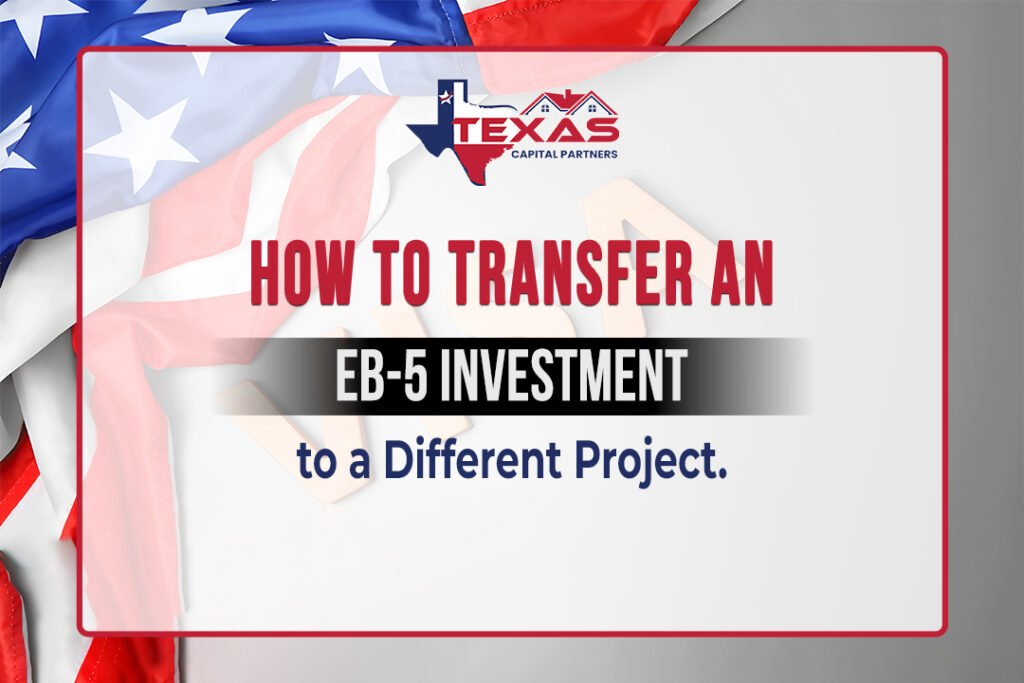The EB-5 Immigrant Investor Program is a powerful pathway for foreign nationals seeking to obtain a green card through investment. By contributing to U.S. commercial enterprises that create jobs, investors not only support economic development but also gain the potential for lawful permanent residency. However, unforeseen circumstances may prompt investors to consider transferring their capital to a different project. This blog post provides a formal and practical guide to help investors understand how to transfer an EB-5 investment while maintaining eligibility for a US green card through investment.
Understanding the EB-5 Program
The EB-5 program, administered by U.S. Citizenship and Immigration Services (USCIS), enables foreign investors to apply for a US investment visa by investing a minimum amount—typically $800,000 in a targeted employment area (TEA) or $1,050,000 otherwise—into a new commercial enterprise. A key condition is that the investment must lead to the creation or preservation of at least 10 full-time jobs for U.S. workers.
One of the main attractions of this program is the opportunity to obtain a US green card through investment, allowing investors and their immediate families to live, work, and study anywhere in the United States. However, success in the program depends on the viability of the chosen project. If a project becomes nonviable, or if the investor faces personal or legal concerns, transferring the investment to a different EB-5 project may become necessary.
Reasons for Transferring an EB-5 Investment
There are several valid reasons why an investor might need to transfer their EB-5 capital:
- Project Termination or Failure: If the original project is delayed, suspended, or cancelled, continuing with it may jeopardize the investor’s eligibility for a green card through investment.
- Poor Performance or Lack of Transparency: Lack of communication or poor financial performance can erode investor confidence, prompting the need for a safer alternative.
- Compliance Concerns: Regulatory issues, such as non-compliance with USCIS guidelines or job creation requirements, may lead an investor to seek a compliant project to preserve their US green card through investment status.
- Regional Center Closure: If a Regional Center loses its designation, investors associated with its projects may have to refile or redirect their investments under a new center.
Regardless of the reason, investors must proceed with caution to ensure their US investment visa remains valid and their path to permanent residency remains uninterrupted.
Steps to Transfer Your EB-5 Investment
1. Consult an Experienced EB-5 Immigration Attorney
Transferring an EB-5 investment is a complex legal process. The first step is to consult with an attorney who specializes in EB-5 cases. They can assess whether your immigration status allows a transfer and guide you through the requirements to preserve your eligibility for a green card through investment.
2. Evaluate Your Current Petition Status
It is crucial to identify the stage of your EB-5 process. If your I-526 petition is still pending, you may have more flexibility to amend it. If it has already been approved or your conditional green card has been issued, transferring your investment may require more extensive documentation and possibly a new I-526 filing. Your attorney will help you determine the appropriate path forward.
3. Identify a Compliant and Viable Project
The new project must meet all USCIS requirements for EB-5 investments, including the minimum investment amount, job creation criteria, and TEA designation (if applicable). Investing in a compliant project ensures your continued eligibility for a US green card through investment.
4. Amend or Refile Your Petition
Depending on your situation, your attorney may recommend filing an amendment to your existing petition or submitting a new I-526 form. Each option has specific implications for your processing time and US investment visa status.
5. Document the Transfer and Source of Funds
USCIS will require thorough documentation showing that the transfer was legitimate, transparent, and consistent with EB-5 rules. This includes updated business plans, economic impact analyses, and evidence of the lawful source of funds.
Conclusion
Transferring an EB-5 investment to a different project is a significant decision that must be handled with legal precision and strategic planning. Whether due to project failure, compliance concerns, or personal preference, making the switch does not mean giving up the dream of a green card through investment.
By following the correct legal procedures and choosing a viable project, investors can continue their journey toward obtaining a US green card through investment while contributing meaningfully to the U.S. economy. With the support of qualified professionals and careful due diligence, the US investment visa remains a reliable and rewarding path to permanent residency.



